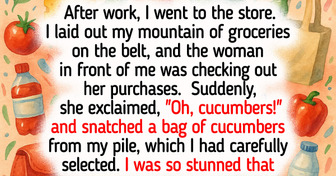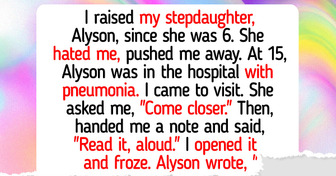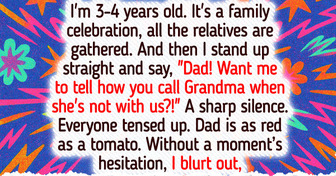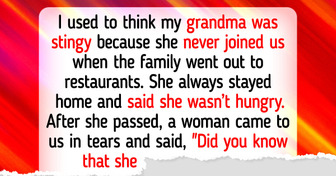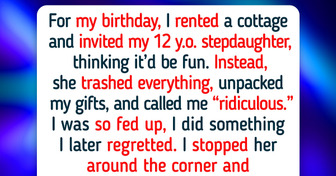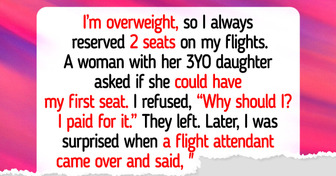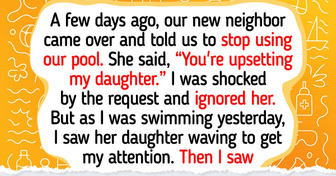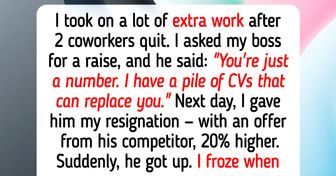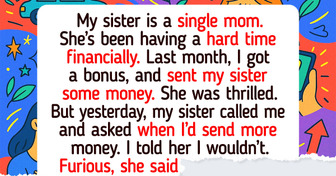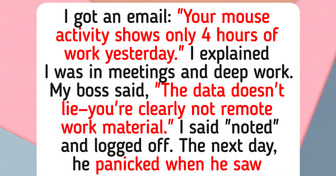I Won’t Let My Husband and Stepdaughter Name Our Baby

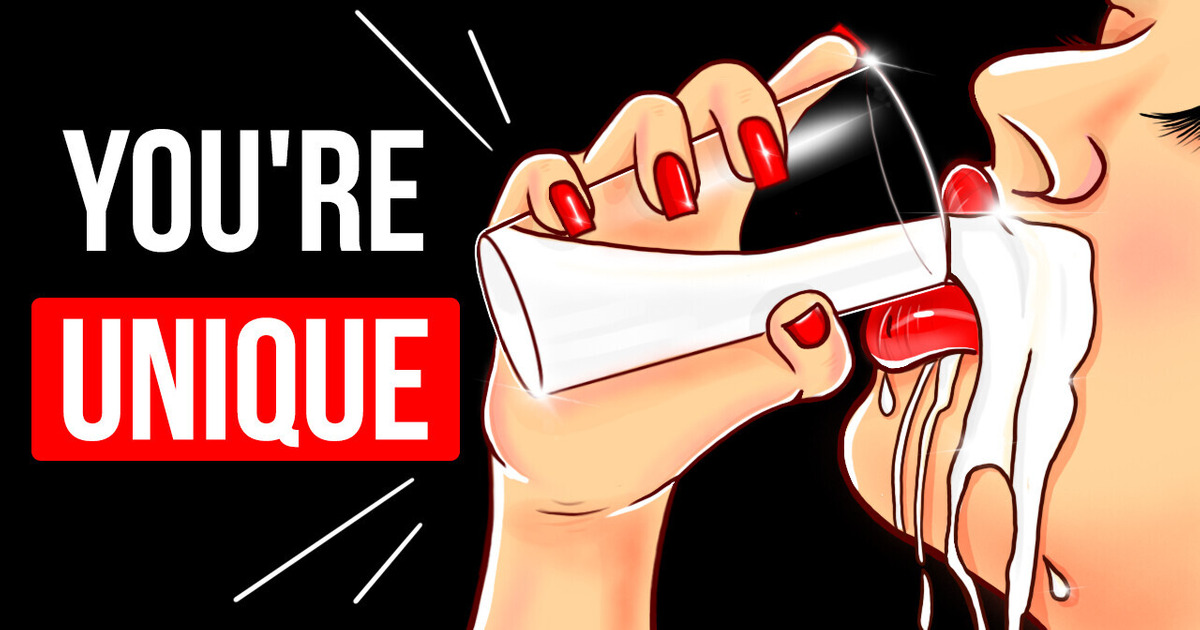
Seems a little weird, but very few people can actually digest milk. The thing is, there’s some special enzyme (let’s call it a little helper) that breaks down the sugars any milk has. When people grow up, they run out of this enzyme. And only a little over 30% of all people retain some of it.
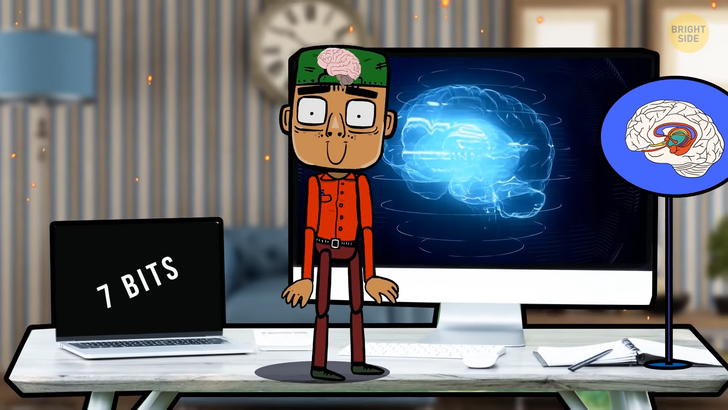
Our brain can store only 7 bits in its short-term memory. Don’t even try to compare your brain with a phone capacity — not even the one you had back in 2005. A mere byte is 8 bits that’s why you can’t even learn a phone number by heart.
Our short-term memory functions just like a chalkboard. You can get some info, but sooner or later you run out of space. To check your working memory capacity, try this test: ask a friend to write a list of ten words and read it to you. Most people recall 7 or fewer items from the list.
Working memory is an essential thing that we need to perform almost any everyday activity, including basic conversations, navigating in the city, and even trying to copy the moves from a workout video.
If you wear a hat, it actually warms your hands and even feet. With a hat, the heat is basically trapped inside, and it circulates all over your body, including toes.
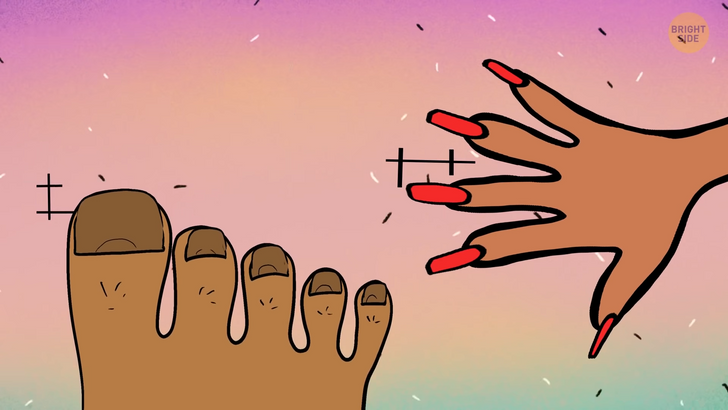
Finally, good news: fingernails grow faster than toenails, so you can officially cut the toenails a bit less often. I don’t really like to bend to take care of those claws on my feet.
If you’re sleeping, it doesn’t mean that your whole body rests. In fact, sometimes your brain has to work even harder when you’re asleep! It needs to process tons of information, and reports usually take a lot of time.
Humans can’t multitask. It’s true. We need time to switch from one task to another, but if we try to tackle several things at the same time, it’s not gonna be very productive.
You’re most likely unable to isolate your ring finger. Every time you move your pinky or the middle finger, you’ll move the ring finger too. The ability to isolate it is hereditary!
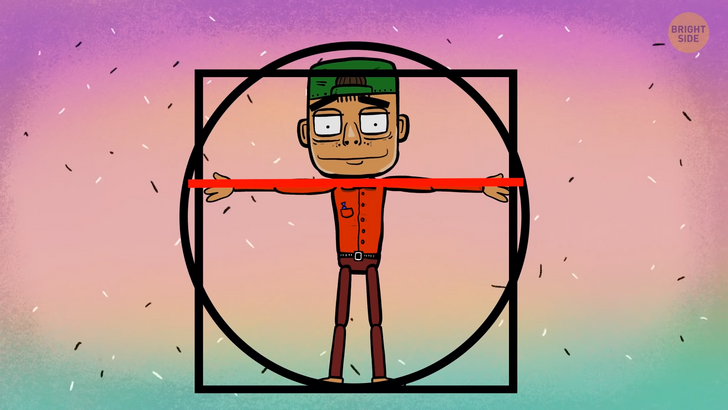
When you stretch out your arms, the distance between the tips of your fingers is almost equal to your height.
Now, it’s not true that people can’t touch the nose with their tongue. This superpower’s called the Gorlin sign and about 10% worldwide can perform it!
Try this one: lift your right foot and start rotating it in a clockwise direction. Try to write the number 6 with your big toe in the air. Now check the direction your foot’s moving. It’s moving in the opposite direction because to write number 6 you need to make a counter-clockwise movement.
People with double-jointed thumbs can bend them backwards. Looks super unusual, and very few people can do that. Still, it’s totally okay — it doesn’t hurt to bend a thumb this way either!
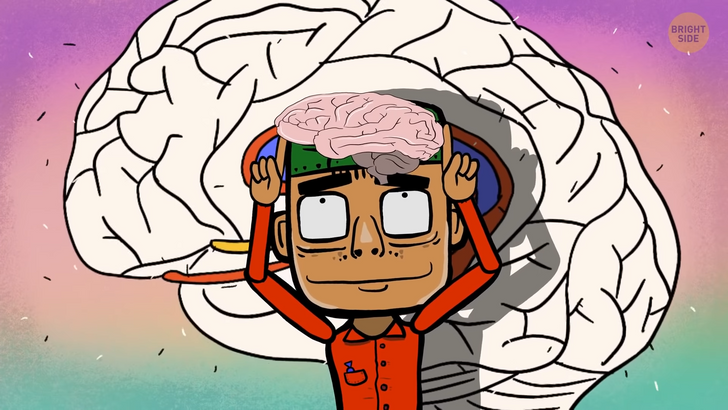
Hey, next time you’re talking to a friend, try to breathe in through your nose. Don’t make a pause to inhale, try to do it in the middle of a sentence while speaking. Uh-huh! That can be rather tough. Only about 1% can do that, and they’re usually musicians!
Our brain is actually pretty large — almost as large as a pillowcase! It’s squeezed into a relatively small head just because it’s very wrinkly. If you could spread it out, you’d see how brainy you really are!
We’re made of teeny tiny cells. To see just how small those cells are, imagine that 10,000 of them could fit easily on the head of a pin.
You can literally glow at night! Many fish, algae, and fungi are bioluminescent, so are you!
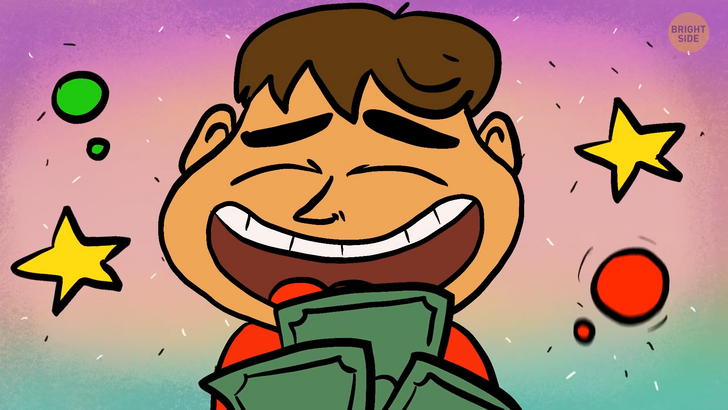
Turns out that human beings can emit light. Nope, your friends aren’t gonna ever see that without special tools, so you can’t really brag.
It actually takes a bit longer to start a new habit. It’s not 100% true that 18 or 21 days are enough as many people think. The process of getting a new habit can take up to 254 days, but on average it takes around 66 days for a new habit to become automatic.
If you want to become a tiny bit happier, try spending some money on others. People are social creatures, and we used to need others’ help to survive. Our brain developed a reward system: when we do something positive for others, we get oxytocin, one of the happiness hormones.
Now, when you’re asleep, you won’t smell anything nasty. The thing is that your sense of smell deactivates at night. If there’s some really terrible smell in your bedroom, you won’t even be bothered.
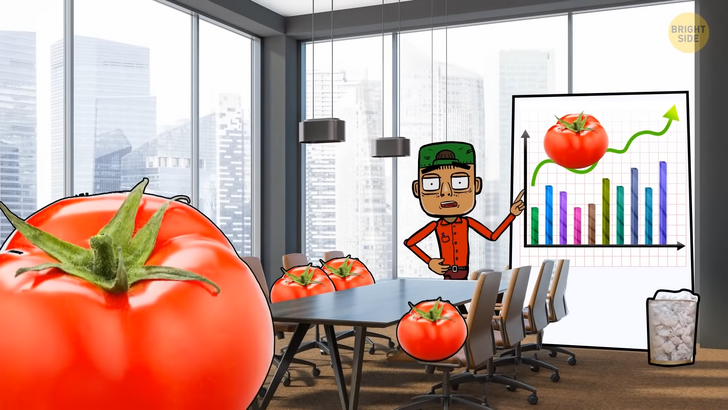
It’s been believed for a long time that a person could distinguish more than 10,000 smells. A recent research showed that people were able to distinguish more than a trillion smells. We also remember them better than anything else, and smells can even evoke some distant memories.
Tomatoes have more genes than humans. This shouldn’t concern you, though, because it’s not the number of genes that matters but the complexity of their connections.
Fingernails don’t only help us catch random tiny objects and peel the stickers off. If you didn’t have a rigid structure against which to press, you wouldn’t be able to judge how firmly to hold anything.
Your toes are the humble helpers that carry about 40% of your weight. If you’ve ever heard that humans don’t really need their toes, don’t believe it. They’re also the main pushers when you walk.
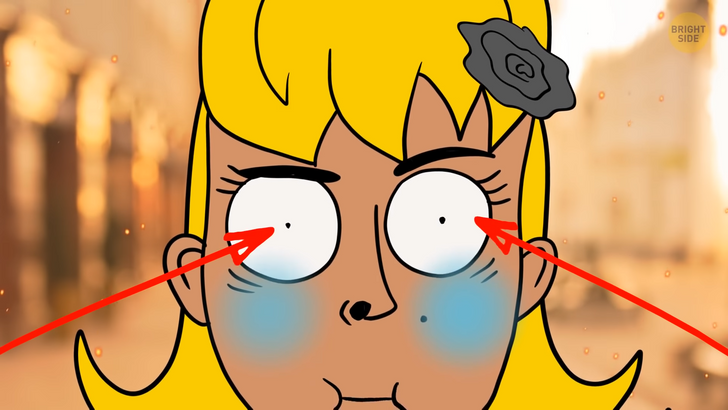
We’ve got two REALLY fast muscles — they control the eyelid closing. In fact, they’re the fastest muscles in our body. Eyes are fragile and need protection, that’s why when the reflex is triggered, these muscles shut the eyes within about 100 milliseconds. It’s not more than 0.1 second.
If you find hairs in the bath after having a shower, it doesn’t mean you’re going bald. This is normal because an average person sheds 40–150 hairs per day. Baldness becomes noticeable after you’ve lost more than 50,000 hairs.
We recognize only purple-blue, green-yellow, and yellow-red colors. Everything else is a combination of these three. It’s impossible to calculate how many of these combinations the human eye sees because every single person has slight vision differences. But it’s about one million combinations on average.
All the hair you see on your head is only about 10-15% of all the hair you’ve got. This hair is in its resting phase and it either doesn’t grow or sheds. 80-90% are actually growing at any given time.
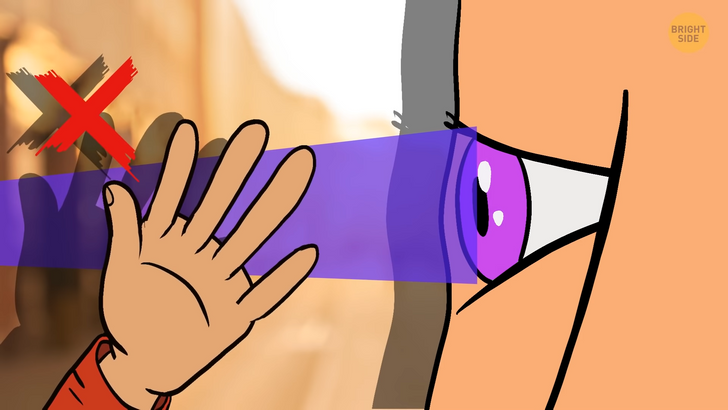
Retinal scanning is more reliable than fingerprint scanning. The fingers have about 40 unique characteristics, and the eye has 256.
We feel about 80% of the taste of any food thanks to the nose and its ability to recognize odors. If you hold your nose while eating, you will taste almost nothing. You might have a chocolate bar or smoked fish in your mouth, but there will be no difference for you.
Your nose doesn’t just help you breathe and catch odors, it “filters” the air for sensitive throats and lungs. If we inhale dry air, the nose moistens it, cools it, and heats it if it’s necessary. Also, the nose cleans the air from dirt. Hey, where do you think boogers come from?
A human eye has some resemblance to a car engine. They both need various liquids to work properly. An engine needs oil lubrication, and an eye needs tears. In order to work well, the tears should be thoroughly distributed all over the eye. That’s why we blink up to 20,000 times a day. So an eyelid is a bit of a windshield washer!
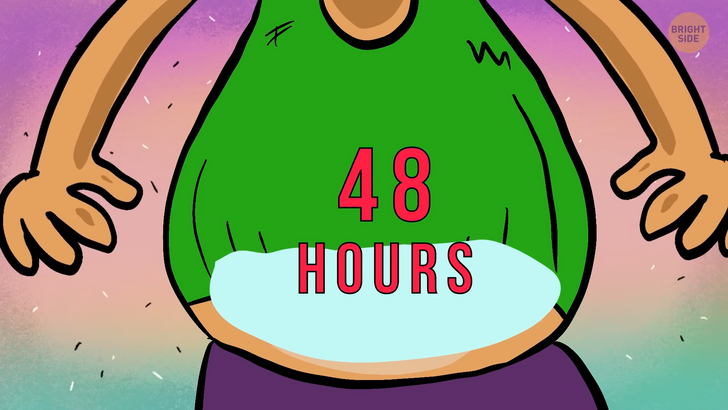
We can accidentally digest small objects such as plastic items, glass, coins, and many other small objects. They’ll make their way through the digestive tract within 48 hours. See ya later!
We can digest plastic in case of emergency and in tiny quantities, but the human digestive system can’t really bear grass. Grazing animals have special teeth and several stomach sections to process raw leaves and grass, while we have none of that equipment. That’s why we have cows.
Ever wondered why you feel so sleepy after lunch? Well, that’s because your circadian rhythms, which have 24-hour cycles, demand you to have a nap after 7 hours of being awake, and food just adds to this effect.
When you crave a snack, it’s your brain sending you a signal that you’re lacking some vitamins or minerals. You probably don’t want candy as bad as you think you do, so just have a couple of nuts instead. No, not me.


